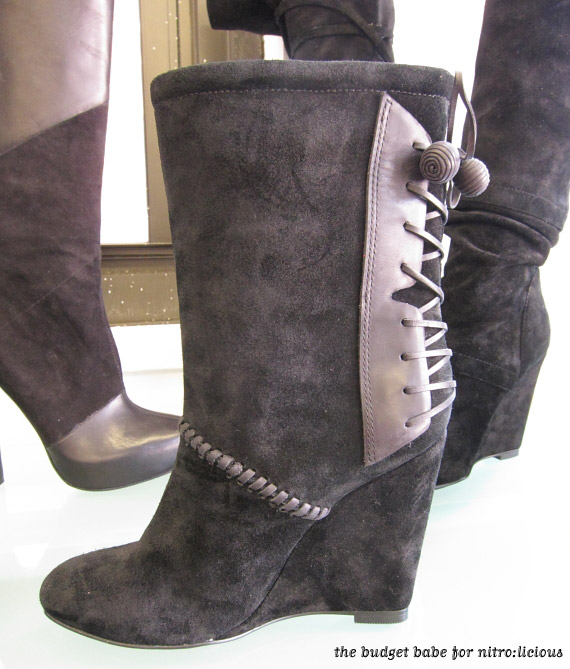Table Of Content

The best options are realistic, traditional, and tribal as they combine bold black lines, patterns, and 2D flat drawings. But you can also experiment with biochemical, neo-traditional, dotwork, or blackwork. As a result, rituals and offerings were made to maintain a connection with the ancestors and seek their guidance and protection.
Culture Trip Spring Sale
We collected the best ideas for your Aztec tattoo and gave you information about their symbols. You can get this tattoo on your skin if you like interesting, meaningful drawings that can describe you as a confident and expressive person. Aztecs created tattoos in honor of several gods during religious rituals. The chest, arm, wrist, and trunk were the best areas because the energy of the gods passed through these parts and strengthened the connection with them.
Aztec Crocodile Tattoo
The Aztecs held a deep-rooted belief in the cyclical nature of existence, with life and death viewed as intertwined parts of a greater cosmic journey. Within this complex system of beliefs, Mictlantecuhtli occupied a central role, governing the passage of souls through the challenging terrains of the underworld. In Aztec god of death tattoos, Mictlantecuhtli's image was a powerful symbol. His skeletal form, adorned with skull-like features and prominent bones, represented the physical decay that all life must inevitably face.
Aztec Rituals and Death Observed
While the Aztec pantheon was vast and diverse, few gods held as pivotal a role as Mictlantecuhtli when it came to the theme of death. As the principal deity overseeing the underworld, he was intricately woven into the fabric of Aztec beliefs surrounding mortality, afterlife, and the cyclical nature of existence. In modern times, Mictlantecuhtli tattoos are sought for various reasons. Some view them as a connection to their Aztec heritage, a way to pay homage to the ancient culture's beliefs and traditions. Others choose these tattoos as a form of spiritual exploration, a reminder to live life fully and contemplate the mysteries of existence. These tattoos served as a reminder of mortality and the cyclical nature of existence.
Xochiquetzal Tattoos
Tattooing has always been a medium for expressing identity, beliefs, or commemorating life's milestones. In modern times, Mictlantecuhtli tattoos signify an acknowledgment of life's impermanence and a reverence for ancient wisdom. For many, inking the image of the death god is a way to come to terms with mortality, celebrating the cyclical nature of existence and embracing the inevitability of the end.
Our Studios

One of the most prominent features in Mictlantecuhtli's depictions is his liver hanging out, a symbol deeply tied to the Aztec beliefs surrounding the seat of emotions and life force. Additionally, surrounding motifs often include nocturnal creatures like bats and spiders, which further ties him to the mysteries of the underworld and the night. The significance of Mictlantecuhtli was further highlighted by the rituals and ceremonies centered around him. These were not merely about appeasing a fearsome deity but about acknowledging the natural cycle of existence and ensuring the smooth passage of souls in the afterlife. In essence, the worship of Mictlantecuhtli was deeply intertwined with the Aztecs' philosophical, spiritual, and cultural perspectives on life and death.
In many depictions, he is portrayed with skeletal features, embodying the essence of decay and the inevitable passage of time. This association with darkness made him a figure of mystery, connected to the unseen forces of the night and everything lurking within its shadows. First and foremost, Mictlantecuhtli had authority over the souls of the deceased.
Quetzalcoatl Tattoos
His influence was felt in both the realms of the living and the dead, and the powers attributed to him underscore the intricate balance of forces governing the universe in Aztec cosmology. While he presided over the end of life, this end was a prerequisite for renewal and rebirth, ensuring the continuation of existence in various forms. Intricate geometric patterns drawing on ancient Aztec pottery decorations are another great choice of tattoo design. This is a great choice if you’re looking for a tribal tattoo with deeply personal meaning, and/or you wish to get a tattoo of a date that’s not obvious to everyone who sees it. Whether you want a minimalist, intricate, or bold design, there’s room for personal expression.
Embracing the Divine: The Aztec God of Death Tattoo
For instance, January 1, 2019 would be represented by symbols for the wind, the jaguar, and the reed. An Aztec eagle tattoo often features the bird with its beak open and its head pointing westwards. Most sources agree that the Aztecs were originally a nomadic tribe from northern Mexico, who arrived to settle in Mesoamerica at the beginning of the 13th century. These additions should further enrich your article with relevant information and keywords while maintaining a casual and informative tone. Immediately after checkout you will be redirected to your Download page containing a direct link to your design(s) simply click on that link, download the design to your device and enjoy your product!
These body arts contain many small details, so you need a skilled master to get them inked. In the rich tapestry of Aztec mythology, few figures command as much intrigue and reverence as Mictlantecuhtli. As we delve into the legends and beliefs of this ancient civilization, the god of the underworld emerges as a central figure, bridging the world of the living with the mysteries of the afterlife. This deity, with his commanding presence, casts a shadow across the vast landscapes of Aztec stories, rituals, and ceremonies. Enveloped in tales of death, transition, and rebirth, Mictlantecuhtli's role is paramount in understanding the Aztec perspective on life, the afterlife, and the interconnectedness of these realms. In closing, we’ve journeyed through the captivating world of Aztec God of Death tattoos.
According to Britannica, Mictlantecuhtli was often depicted as a skeletal figure adorned with symbols of death, such as skulls and bones. His fearsome appearance served as a reminder of the inevitable cycle of life and death. Beyond its association with mortality, the Mictlantecuhtli tattoo also represents the concept of transition and rebirth. Just as the Aztec god oversaw the passage of souls into the afterlife, this tattoo can symbolize the shedding of one’s past and the emergence of a new, transformed self.
The Aztec religion was polytheistic – meaning there were many gods in the Aztec pantheon, each with different characteristics and attributes. That being said, the Aztec civilization would never have flourished in the way it had without well-developed cultural, political, spiritual, and economic aspects. When a person died, they were interred with grave goods, which they carried with them on the long and dangerous journey to the underworld. Upon arrival in Mictlan these goods were offered to Mictlantecuhtli and his wife. According to Aztec legend, the twin gods Quetzalcoatl and Xolotl were sent by the other gods to steal the bones of the previous generation of gods from Mictlantecuhtli.
His dominion over death placed him at the heart of a profound cosmic balance, and the array of powers attributed to him underscored the reverence and awe he commanded among the Aztecs. At the center of the design, there is the face of Tonatiuh – the fifth sun god. The surrounding pattern depicts the four past suns, jaguar heads representing the earth, and plenty of other complex symbolic imagery intended to convey the Aztec creation myth.
Out of all the tattoo shops in LA, this one is the most likely to satisfy the need for a celebrity chance encounter, as clients include Rihanna, Lady Gaga and David Beckham. However, the artists are extremely private about their clients, so there’s no chance of finding out any local gossip here. People today get him as a tattoo because of his great symbolism, but often don’t realize that in fact, a Quetzacoatl tattoo has a sort of magic attached to it.












